#George Stubbs
Text
#TextileTuesday: look closely, it’s a “needlepainting!” A favorite piece from the “Making Her Mark: A History of #WomenArtists in Europe, 1400-1800” exhibition at Baltimore Museum of Art:
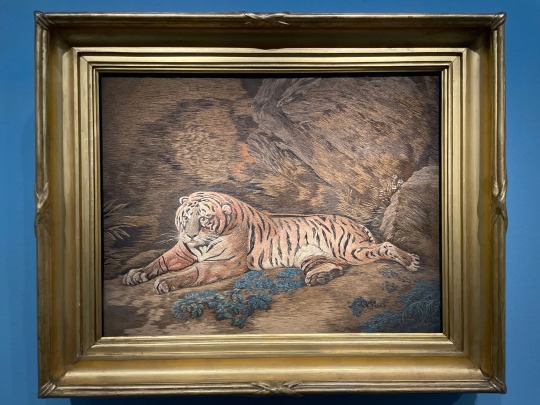
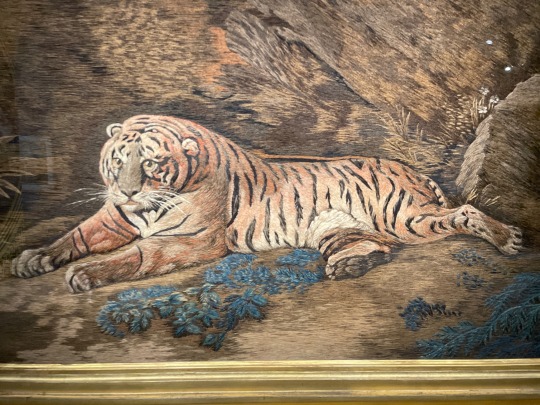

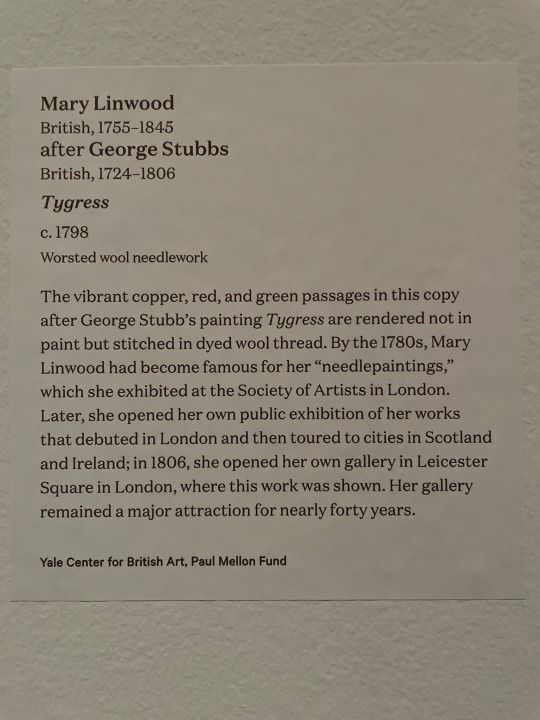
Mary Linwood (British, 1755-1845)
after George Stubbs (British, 1724-1806)
Tygress, c. 1798
Worsted wool needlework
“The vibrant copper, red, and green passages in this copy after George Stubb's painting Tygress are rendered not in paint but stitched in dyed wool thread. By the 1780s, Mary Linwood had become famous for her ‘needlepaintings,’ which she exhibited at the Society of Artists in London.
Later, she opened her own public exhibition of her works that debuted in London and then toured to cities in Scotland and Ireland; in 1806, she opened her own gallery in Leicester Square in London, where this work was shown. Her gallery remained a major attraction for nearly forty years.”
#animals in art#european art#18th century art#needlework#needlepainting#textiles#Mary Linwood#museum visit#exhibition#British art#George Stubbs#tiger#feline#wild cat#Baltimore Museum of Art#women artists
236 notes
·
View notes
Text

George Stubbs
A Lion Attacking a Horse
1762
113 notes
·
View notes
Text
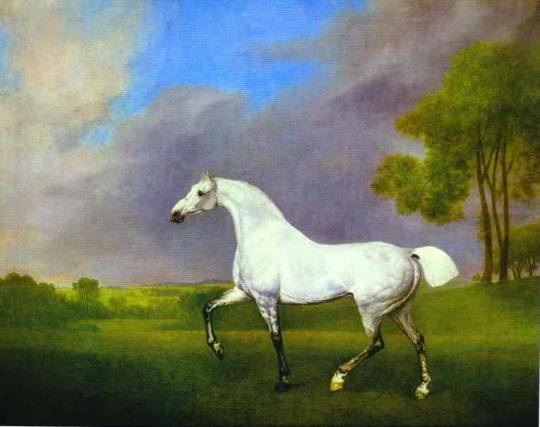
A Grey Horse by George Stubbs (1724 - 1806)
#art#art history#artwork#culture#curators#history#museums#painting#vintage#romanticism#george stubbs
80 notes
·
View notes
Photo

George Stubbs (English,1724-1806)
A Grey Horse, 1793
oil on canvas
#George Stubbs#upl#va#art#painting#animals in art#why's the tail like that?? hope it's not cut or smth
197 notes
·
View notes
Text
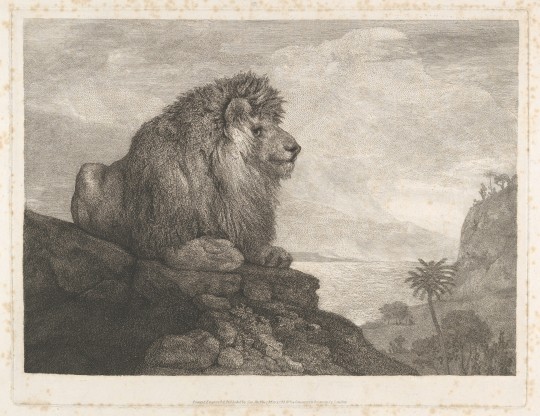
A Lion Resting on a Rock, George Stubbs, 1788
#art#art history#George Stubbs#print#etching#animals in art#big cats#lion#lions#genre art#British art#English art#18th century art#Metropolitan Museum of Art
107 notes
·
View notes
Text

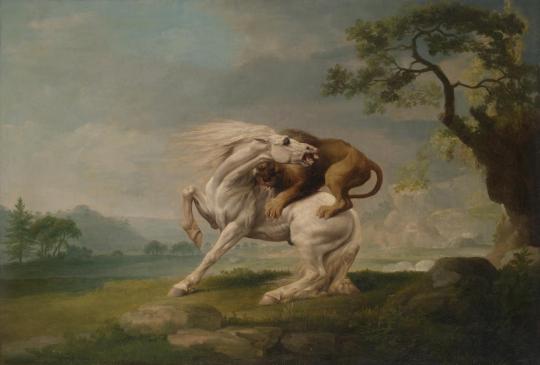

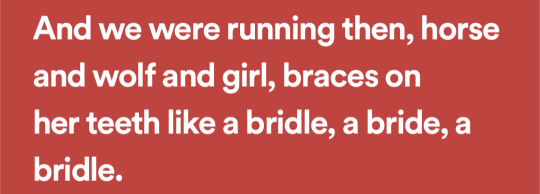


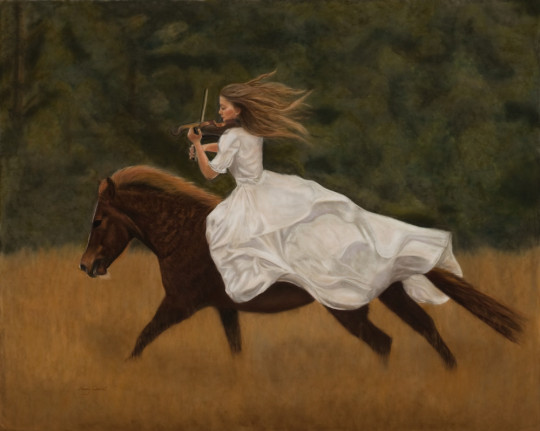
ONE TON PREY
a lion attacking a horse – george stubbs / scheherezade – richard siken / pig – sparklehorse / sabbath – jenny hval / racehorse: get married! – jordaan mason and the horse museum / cop car – mitski / harmony – nancy conant
#is this anything to anyone who isn't me. i don't know#jordaan mason#richard siken#sparklehorse#jenny hval#mitski#george stubbs#nancy conant#parallels#web weaving#mine#horses
280 notes
·
View notes
Text



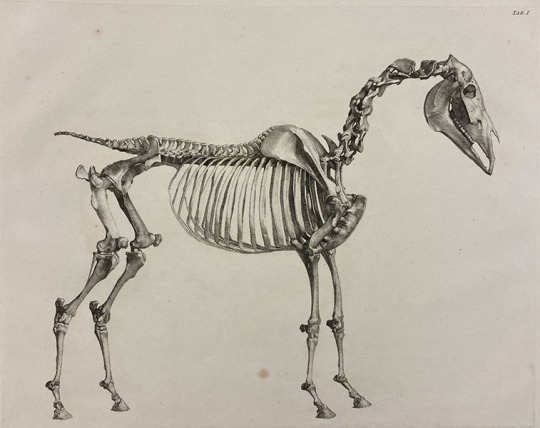
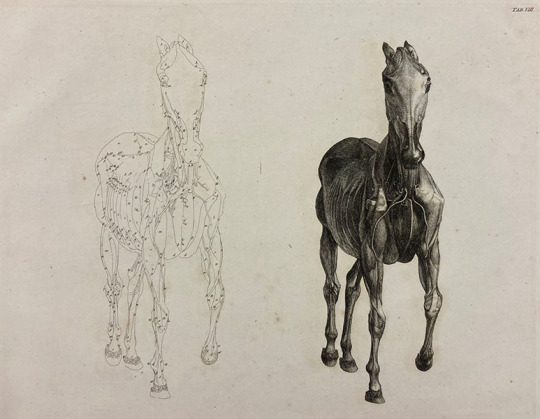
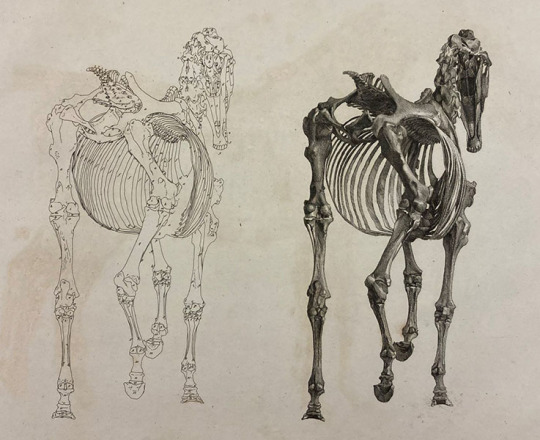


George Stubbs – Scientist of the Day
George Stubbs, an English artist, was born Aug. 25, 1724.
read more...
#George Stubbs#anatomy#horses#art and science#histsci#histSTM#18th century#history of science#Ashworth#Scientist of the Day
60 notes
·
View notes
Photo
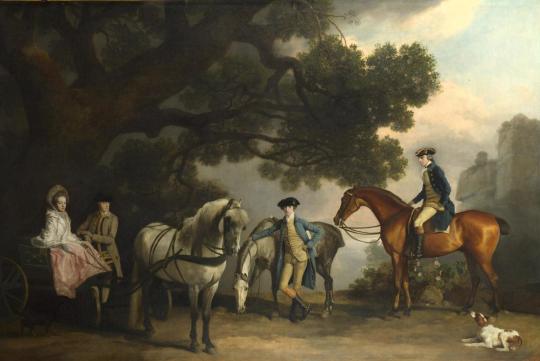

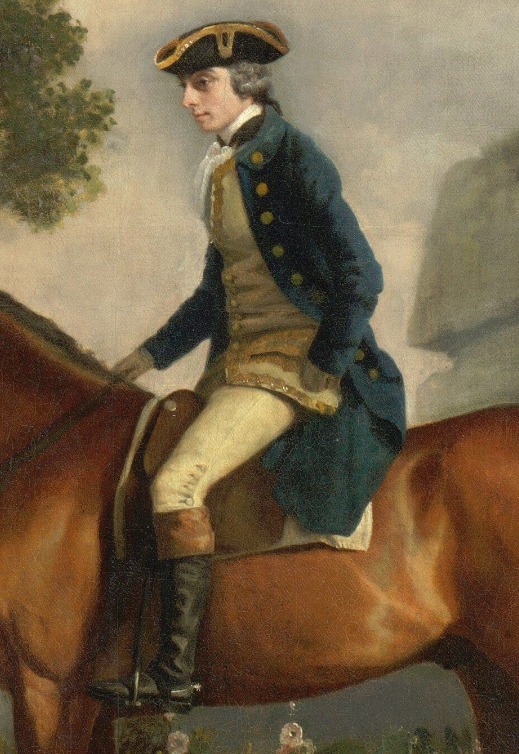
ab. 1769 George Stubbs - Sir Peniston and Lady Lamb, Later Lord and Lady Melbourne, with Lady Lamb's Father, Sir Ralph Milbanke, and Her Brother John Milbanke ('The Milbanke and Melbourne Families')
(National Gallery, London)
137 notes
·
View notes
Text


George Stubbs, Mares and Foals without a background, 1762
George Stubbs, Mares and Foals in a River Landscape, 1763-68
#george stubbs#horses#horse art#animals in art#animal art#beautiful horse#english artist#english painter#english art#english painting#british artist#british painter#beautiful animals#art history#aesthetictumblr#tumblraesthetic#tumblrpic#tumblrpictures#tumblr art#aesthetic#beauty#tumblrstyle
11 notes
·
View notes
Text

Equine artist George Stubbs studied dead horses anatomy, revealing their muscles and Skelton himself as if he were a surgeon. 🩸
Drawing horses is my fixation at the moment ( not to the extent of Stubbs) but im having fun studying their anatomy, It is true that when your an artist, you end up obsessing over lots of other things, I’ve studied the human skeleton, just so I can draw portraits more accurately, and every muscle in the human body, just to get my life drawing right. I know how many petals are on a particular flower, and I know the hair pattern growth on many animals. It certainly takes an obsession 🤍
#equine art#equine artist#artists on tumblr#naarm#original art#journal#sketchbook#drawing#art history#George Stubbs#horse#thoroughbred#horse art
7 notes
·
View notes
Photo

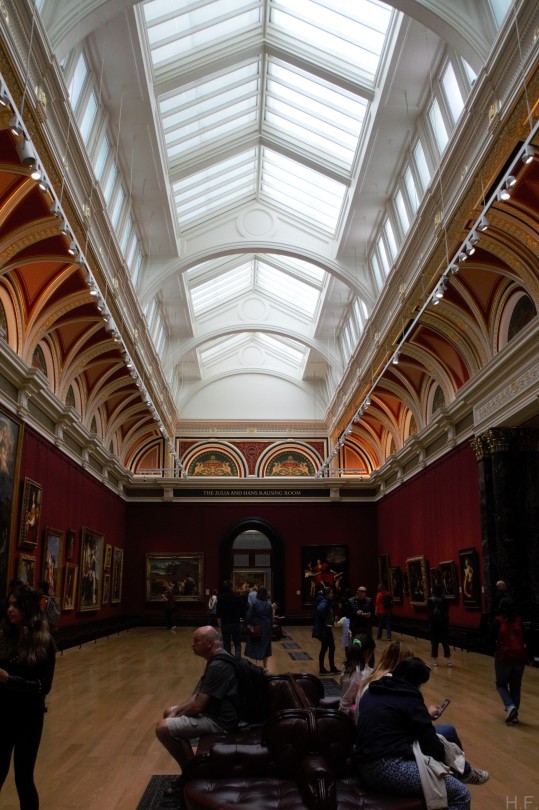
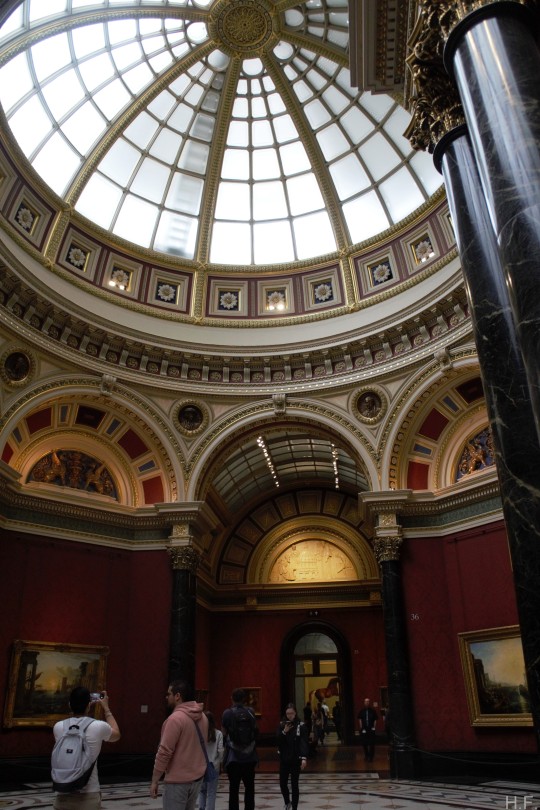

Wandering round the National Gallery, London. Highlights were Vincent van Gogh’s Sunflowers and George Stubbs’ Whistlejacket.
#national gallery#london#architecutre#paintings#van gogh#sunflowers#george stubbs#whistlejacket#horse#original photography
305 notes
·
View notes
Note
Do you have any Newfoundlands? 👀



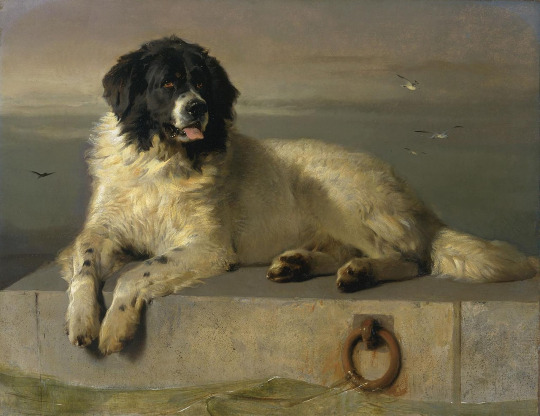
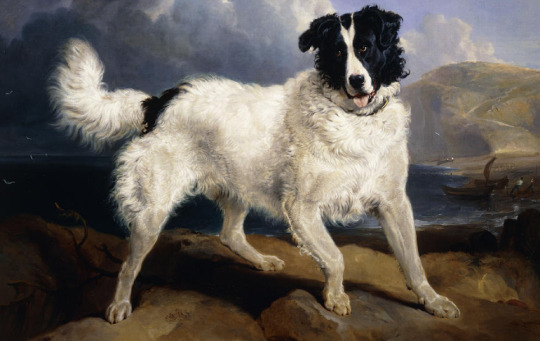
1.) New Foundland, "Leo", The Property of Mr. S.W. Wildman, (Late Mr. Howard Mapplebeck's). Vincent, Brooks, Day & Son, Lithographers (1881)
2.) Off to the Rescue. 1827. Sir Edwin Landseer
3.) Portrait of a Newfoundland Dog, the Duke of York. George Stubbs.
4.) A Distinguished Member of the Humane Society. 1831. Sir Edwin Landseer
5.) A Portrait of Neptune. 1824. Sir Edwin Landseer
270 notes
·
View notes
Text

This actually wasn't what I was planning to post today, but I remembered having done it awhile back and thought that with the horsemania currently going on, it was a better fit.
The painting is "Whistlejacket" by George Stubbs, a British painter of the late 18th century. The National Gallery (London) claims this is "one of the most important British paintings of the eighteenth century," "probably the most well-known portrait of a horse," and "widely acknowledged to be George Stubbs' masterpiece." The Arabian chestnut stallion won a famous victory at the races in York in 1759, but by 1762 had retired from racing. His owner, the 2nd Marquess of Rockingham, commissioned Stubbs to paint a commemorative life-size portrait of his prize horse.
George Stubbs is actually very well known for painting horses, and supposedly doing so accurately. One hopes his paintings would be accurate, as he spent 18 months in a rural part of England dissecting horses to learn their anatomy. He even published the results of these studies of horse anatomy. Despite that pedigree, the actual positioning of his horses can be a less than realistic.
You can download Whistlejacket from SimFileShare here.
Base game compatible, with three swatches (pictured above).
Made with S4S.
#sims 4#simblr#sims#the sims 4#ts4#my cc#sims 4 cc#ccsaturday#ts4cc#ts4 horse cc#ts4 horses#ts4 historical cc#ts4 custom content#ts4 historical#18th century#georgian era#george stubbs#stubbs#whistlejacket#british art#ts4 maxis mix
20 notes
·
View notes
Text
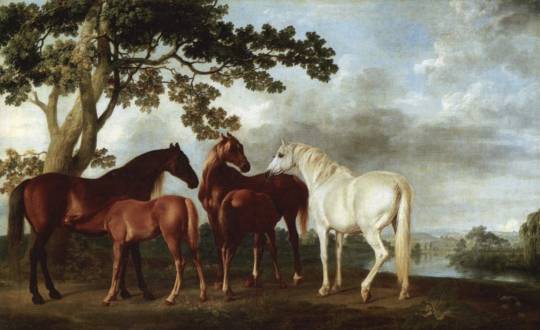
Mares and Foals in a River Landscape painted by George Stubbs (1724 - 1806)
#art#art history#artwork#culture#curators#history#museums#painting#romanticism#vintage#george stubbs
132 notes
·
View notes
Text

George Stubbs, A Cheetah and a Stag with Two Indian Attendants, ca. 1764, oil/canvas (City Art Gallery, Manchester)
34 notes
·
View notes
Text
English animalier George Stubbs was born #OTD (25 August 1724 – 10 July 1806).
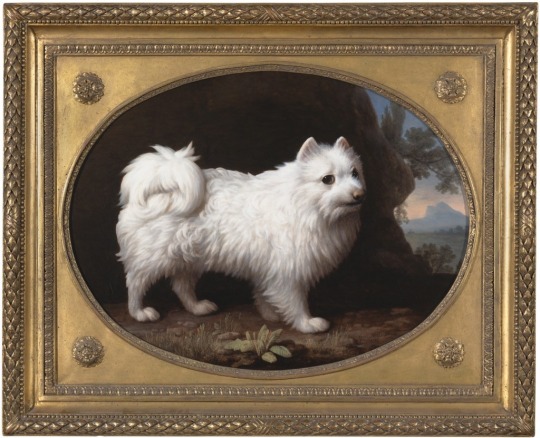
George Stubbs (English, 1724 - 1806)
Portrait of Mrs. French's White Lap Dog, 1782
Painting - enamel on Wedgwood biscuit earthenware
Unframed: 18 × 24 1/2 in. (45.72 × 62.23 cm)
Framed: 26 1/2 × 32 1/2 in. (67.31 × 82.55 cm)
VMFA 93.84
"This painting is unusually well preserved because it was painted with enamel colors and then fired on an earthenware plaque – an endeavor in which Stubbs was assisted by the Enlightenment scientist Josiah Wedgwood. This elaborate and experimental technique was conducive to Stubbs’s highly detailed style, which seems appropriate to the tiny and precious dog that is his subject here."
#animals in art#dog#dogs in art#animalier#George Stubbs#18th century art#English art#European art#British art#painting#Virginia Museum of Fine Arts#OTD#birthday post
15 notes
·
View notes